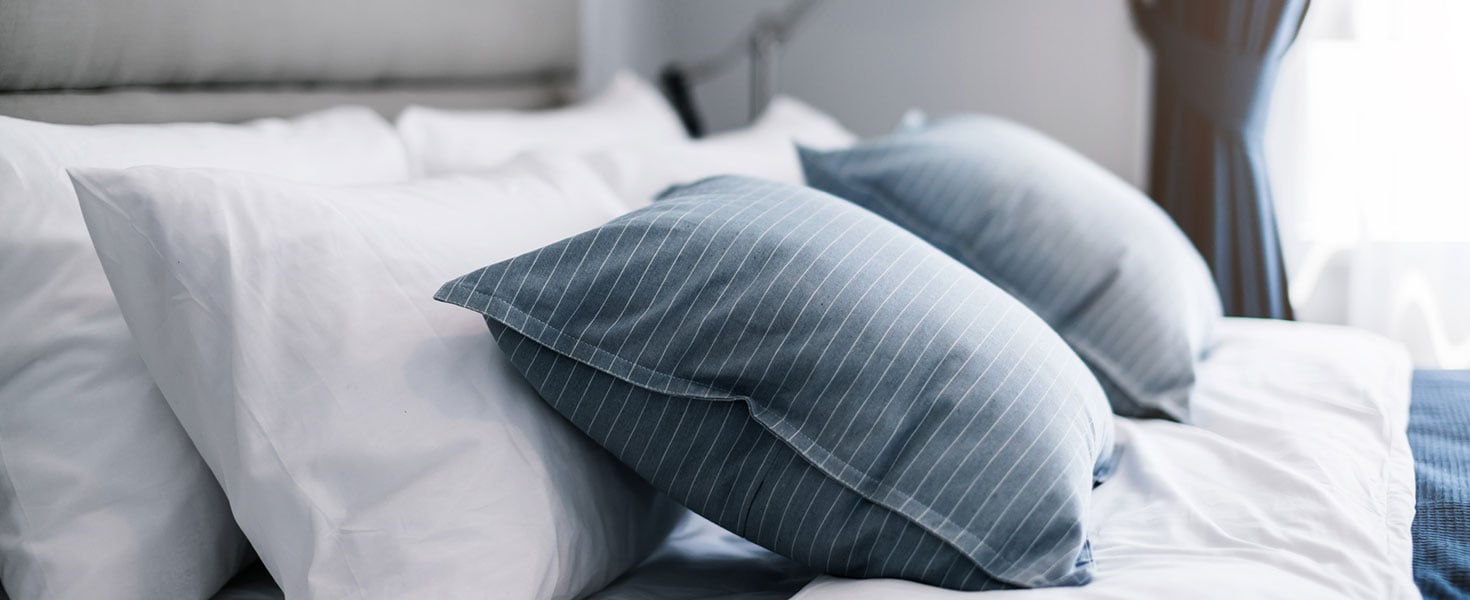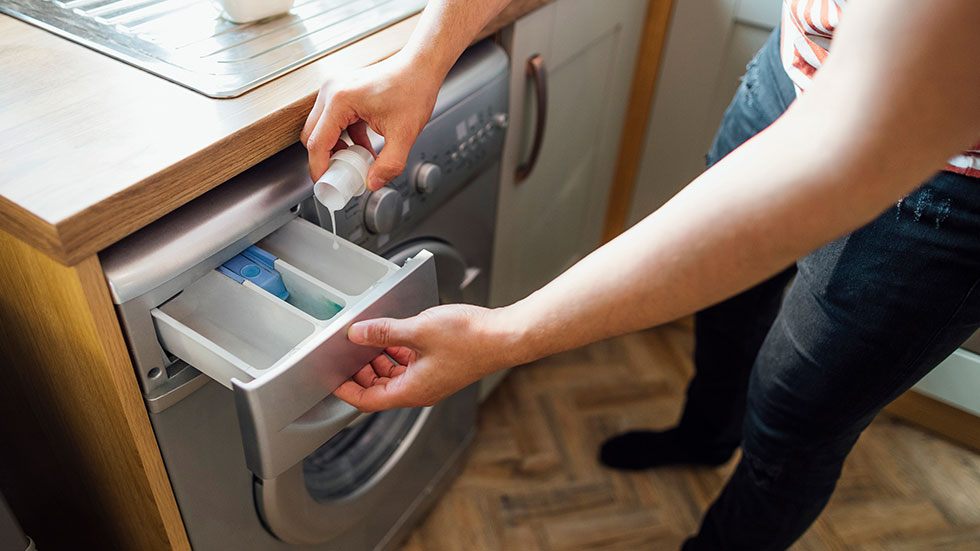

From plush mattresses to Egyptian cotton sheets, the cost of bedding adds up. Many say the investment is worth it. After all, research on behalf of Slumber Cloud found that the average American spends 11 hours a day sleeping, watching TV, and relaxing in bed.
Despite our devotion to our duvets and shams, many people have no idea how to care for them effectively.
“Proper maintenance is the key to protecting your investment in bedding,” maintains Wayne Edelman, CEO of Meurice Garment Care, a high-end cleaner in New York that handles everything from linens to rugs to wedding gowns.
Regular maintenance does more than prolong the life of your bedding; it also improves your health. Bedsheets, mattresses, and pillows are cozy nests for dust mites—microscopic bugs that feed on dead skin cells. The tiny critters are among the most common causes of allergy symptoms, including coughing, asthma, sneezing, and a runny nose.
Meanwhile, body oils, saliva, and sweat are breeding grounds for germs. One study found that swabs of an unwashed pillowcase had 17,000 more bacteria colonies than samples from a toilet seat.

How do I fight dust mites?
Cover your mattress and pillows in specially designed “protectors” to deter dust mites, and wash the protectors every three months, Edelman says.
Create a laundry schedule
As for sheets and pillowcases, change weekly, Edelman says. However, if pets share your bed, launder the bedding every three to four days, advises the Sleep Foundation. Because people sweat more in summer, increase the frequency in warm months to twice a week. Also, wash more often if the bed belongs to an invalid or incontinent sleeper.

Choose the correct water temperature
Read the label. In most cases, manufacturers recommend hot water to sanitize the bedding and keep whites bright, Edelson says.
However, the material matters. “If you have a cotton duvet, it’s OK to wash it in higher temperatures of water—between 140 to 200 degrees Fahrenheit,” says Kriti Mawji, marketing manager for Belledorm, which makes bed linens. But certain polyesters require cooler water or a hand-wash setting. Bamboo sheets also need a warm or gentle setting.
Find the right detergent
For babies, young children, and people with sensitive skin, purchase a detergent designed to minimize allergic reactions, Edelson advises. At home, he uses Tide and OxiClean, a laundry additive.
Kuljit Rakhra, the co-founder of Takasa, the maker of organic bedding, prefers eco-safe detergents with biodegradable plant-based ingredients, such as Seventh Generation.

Back off on the bleach
Bleach can warp the fabric threads, causing sheets and pillowcases to lose their texture and shape, Mawji warns.
Forget fabric softener
Experts aren’t fans. Dryer sheets can give linens a waxy coating that will trap dust and dirt, Mawji says.
And if you have organic linens, keep the softener on the shelf, Rakhra says. These fabrics get softer after each wash without any help.

Dry on low
It might take longer, but low heat is gentler on the fabric. Indeed, experts recommend hanging bedding on a line to dry to avoid any wear and tear from the dryer.
Don’t forget your pillows
Unless the manufacturer label indicates otherwise, wash pillows in hot water every three to six months. Add a drain-and-spin cycle if you need to remove excess water. Tumble dry on low or no heat since pillows lose shape in a dryer.
Keep your duvet or comforter clean
Duvet covers can hit the washer every two weeks to a month, and comforters can follow every two to three months.
But before stuffing a comforter in the washer, check the care instructions. Some need dry cleaning. If it’s OK to wash them, use a stain remover first, says Brianna Auray, a sleep health content specialist with Mattress Clarity, which reviews products.
Use the bulky setting if you have one and follow the label’s instructions. “Typically, this will be a cooler water temperature,” Auray says.
To remove excess moisture, add an extra spin cycle. Tumble on a low- to no-heat dryer setting and fluff every 30 minutes to prevent the fill from clumping, Auray says.

Maintain your mattress
Depending on the mattress, flip or rotate it every three to six months to keep it in good condition, Auray says. When you wash your mattress protector, look at what’s underneath. “This is an excellent time to vacuum and spot clean the mattress,” Auray says.
Use a mixture of baking soda, hydrogen peroxide, and dish soap to blot out stains. To remove residue, simply vacuum the mattress when finished. Special UV vacuums can suck up debris and sanitize at the same time.
Now rest, relax, and enjoy a clean sleep.
